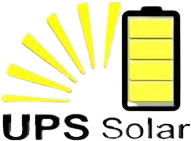Solar power has been part of humanity’s way of life since its very early days. History records people using solar energy on the glass to light fires as far back as the 7th century BC. Many scientists have experimented with harnessing the sun’s power, leading us to the point where we are now with the increasingly widespread use of solar technology to power businesses and homes. Renewable energy is now an essential aspect of the global fight to mitigate the effects of climate change and global warming. As we increase our use of renewable energy sources to produce power, we can reduce how much we rely on finite fossil fuels such as coal, gas and oil.
Solar systems are popular with homeowners and businesses alike who are keen to switch to a more sustainable, renewable energy source to power, heat and light their property. The technology harnesses energy from the sun and turns it into electricity using light particles and photovoltaic cells, but how do solar panels work? Read on to discover the incredible technology behind one of the most popular forms of renewable energy – solar power.


 When a solar power battery is installed and connected to the system, it can capture unused electricity and store it, ready for when the sun is not producing enough to cover the required levels of power. Alternatively, you can send any unused electricity back to the National Grid. Often, this transfer can be used to offset mains electricity bills and lower your energy costs even more.
When a solar power battery is installed and connected to the system, it can capture unused electricity and store it, ready for when the sun is not producing enough to cover the required levels of power. Alternatively, you can send any unused electricity back to the National Grid. Often, this transfer can be used to offset mains electricity bills and lower your energy costs even more.

Solar panels explained: how solar panels work?
Solar panels are made up of multiple cells made from layers of silicon and called photovoltaic (PV) cells. They are linked together to form a solar panel. This is fixed to a roof or flat surface that is directly exposed to the sun. PV cells take energy from the sun and convert it into electricity. The electricity is then transferred to power appliances, heating and lighting inside the property. If more electricity is produced than can be used straight away, the surplus can be stored inside a solar power battery to draw on later. For instance, when the sun is not shining, such as during cloudy days with dull weather or at night. It can also help keep the lights on when there is an outage of mains electricity. Storing surplus electricity from solar panel technology, therefore, helps to reduce the reliance a household or business has on the National Grid for its power and lowers fuel bills as a result.
A closer look at the solar power process
The solar power system uses the PV cells to take the light particles or photons inside the sun’s energy to separate electrons from atoms. This process creates solar energy that can be converted into electricity. So, the process starts when the sun shines directly onto the PV cells. However, this is not sufficient on its own to create usable power. The electricity produced by the PC cells is direct current (DC). Homes and businesses require an alternating current (AC) instead, so this must now be converted into useful electricity.Solar power inverter
A solar power inverter is the next piece of technology required to turn solar energy into electricity. Some solar panels are connected to a single inverter, while others have a microinverter installed behind each panel. Whichever system is employed, however, the inverter(s) convert the DC electricity into AC, ready to be transferred to the property for power. The solar-generated electricity converted into AC from DC is then fed through the property’s meter and used to power appliances, lights, heating and more. At this stage, it operates in the same way as electricity from the National Grid would.Solar battery storage
When the solar panels and solar inverter produce AC electricity, it can be used straight away. If the system is not making enough energy, the property can still be connected to the National Electric Grid, which will kick in as required to provide extra power. On the other hand, any excess electricity produced by the solar power system need not go to waste. When a solar power battery is installed and connected to the system, it can capture unused electricity and store it, ready for when the sun is not producing enough to cover the required levels of power. Alternatively, you can send any unused electricity back to the National Grid. Often, this transfer can be used to offset mains electricity bills and lower your energy costs even more.
When a solar power battery is installed and connected to the system, it can capture unused electricity and store it, ready for when the sun is not producing enough to cover the required levels of power. Alternatively, you can send any unused electricity back to the National Grid. Often, this transfer can be used to offset mains electricity bills and lower your energy costs even more.

